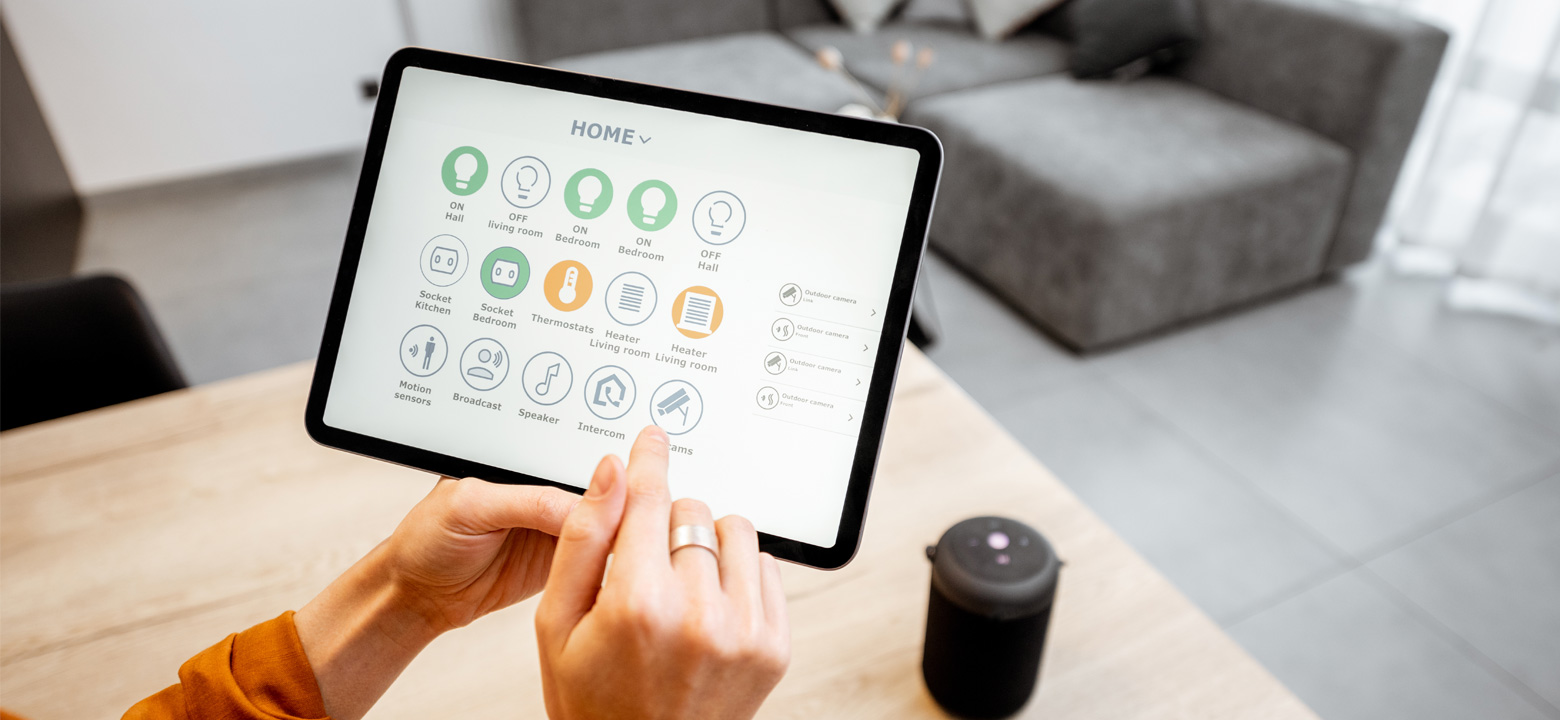
The novel coronavirus pandemic has sparked a lot of interest in new methods of sanitizing surfaces—everything from UV-C lighting units, to antimicrobial coatings for fabric. Homeowners, in particular, seem to be eager to adopt new “clean home” technologies. Not all of these are strictly high tech or brand new; many of them have been in use in other industries for ages, but never before widely adopted by the consumer market. Here are some of the ways the “clean home” technology revolution is changing modern homes:
One of the simplest way to avoid transmitting pathogens (including SARS-CoV-2) via surfaces is to avoid touching those surfaces to begin with. Moen, makers of faucets, shower heads, and other fixtures, produces a line of hands-free faucets. While this technology isn't new, homebuilders are beginning to include it in new builds as a matter of course.
Toilets have a reputation for being one of the germiest places in the average home. Hands-free, paper-free models are making more of an impact in the U.S. now, as homeowners recognize the appeal of automatic flushing, heated bidets, and automatic dryers. These are currently available in the U.S., as are retrofit kits to add a bidet and dryer to a conventional toilet.
In applications where touchless technology isn't feasible, antimicrobial coatings can help make surfaces less hospitable to pathogens. As an example, Inox makes antimicrobial door handles. While the company chiefly did business overseas, their products are becoming increasingly available in hardware stores in the U.S. Naturally antimicrobial materials like copper, either with added antimicrobial tech or alone, is also seeing a surge in popularity.
This is another area where technology is impacting toilets. Seats and other contact surfaces can be made out of antimicrobial material and equipped with self-cleaning technology, further reducing their pathogen load.
We know that the sun can help kill pathogens, but the ozone protects us from the most effective UV wavelengths: most UCB, and all UVC. The idea of using specialized lighting fixtures that generate germicidal light isn't new, but there haven't been a lot of options for home use. That's changing. Blue Mountain Enterprises is exploring the idea of incorporating UVGI in home HVAC units, which would sanitize air as it moves through the unit, without exposing home occupants to potentially dangerous UV radiation.
Big Ass Fans is also exploring UVGI, but in a different way. The company has produced ceiling fans with decorative uplighting for a long time now, but the pandemic sparked the idea of adding UV into the mix. Since the uplighting points away from the floor, the room's occupants would be safe from UV. The motion of the fan would pull air from near the floor, up to where it could be exposed to the germicidal lighting. The fixtures would be functional, as well as decorative. The technology is still in development, but testing in April showed a 99.9% pathogen kill rate within 10 minutes of use.
If you've ever had to clean grout between tiles, you know how well small spaces can trap mold and mildew growth in the humid environment of a bathroom. More consumers are seeking out bathroom fixtures with one-piece construction—baths and showers made of one continuous, easy-to-sanitize piece. Consumers are also moving away from large Jacuzzi tubs to smaller soaking tubs without a shower surround. When coupled with antimicrobial surfaces and touchless technology, these provide a cleaner bathroom environment and a lower pathogen load overall. These are available through home improvement stores and professional contractors.
Businesses have already been implementing automatic doors in response to COVID-19, and residential areas are following suit. Automatic doors not only help reduce the spread of pathogens by providing touchless entry, they also represent an increase in security. Unlike a conventional door lock, which can be opened by anyone who has a key, automatic doors can be set up to only open for authorized people. This can involve sensors, key fobs, or phone apps, or even biometrics. The end result is fewer pathogens spread through door handles and entryways, and better security.
Many multi-family residences use large HVAC units, but this can spell trouble when one person gets sick. Some germs can be spread through ducts, potentially exposing other families. Apartments, condominiums, and townhomes are making a move toward individual HVAC units, effectively giving each domicile isolated air filtration and preventing cross-contamination. When coupled with higher efficiency filter media, like HEPA filters or those with a high MERV rating, this helps reduce a home's airborne pathogen load. This technology is available, but not yet implemented in every multi-unit residential building.
Most of the “clean” technology out there isn't really new, it's just new to the consumer market. Higher-occupancy buildings, like office buildings, were early adopters of things like automatic entry and touchless tech. As more homeowners see the appeal of “clean home” tech, these advancements are filtering into more and more single-family and multi-unit residences every day.